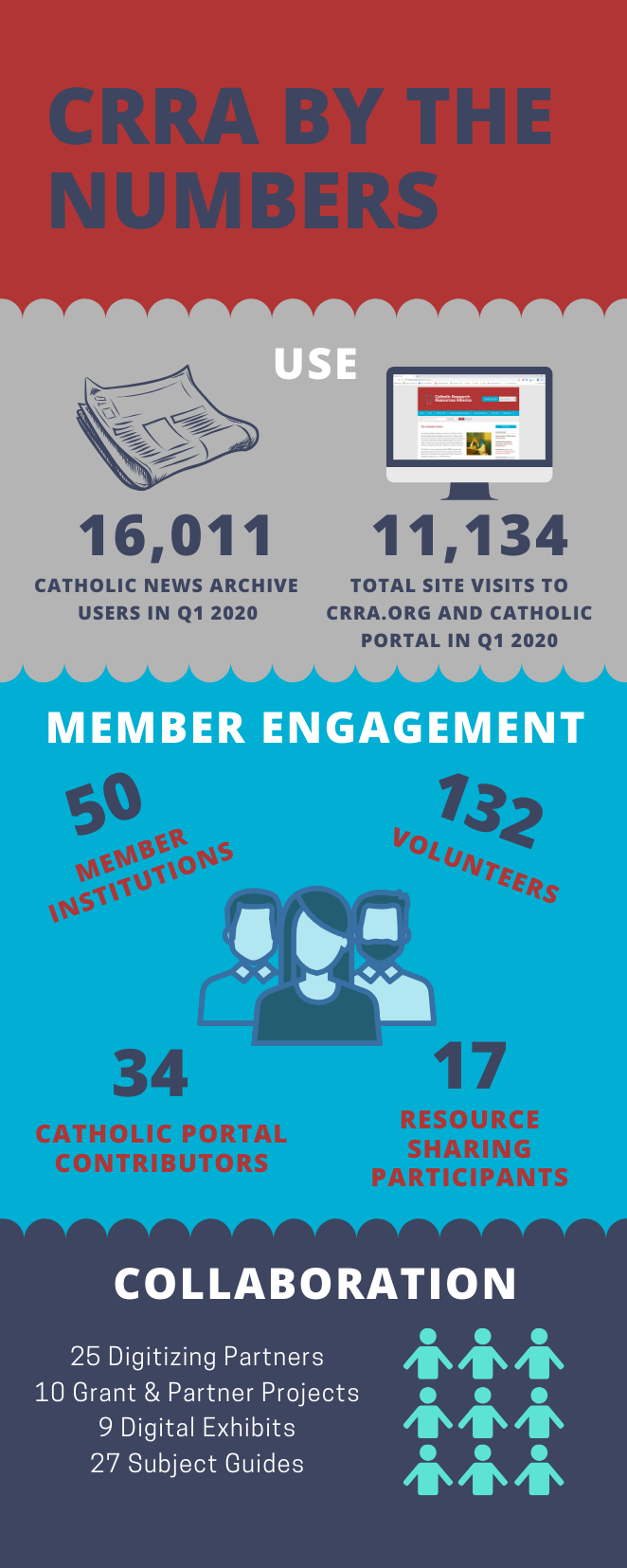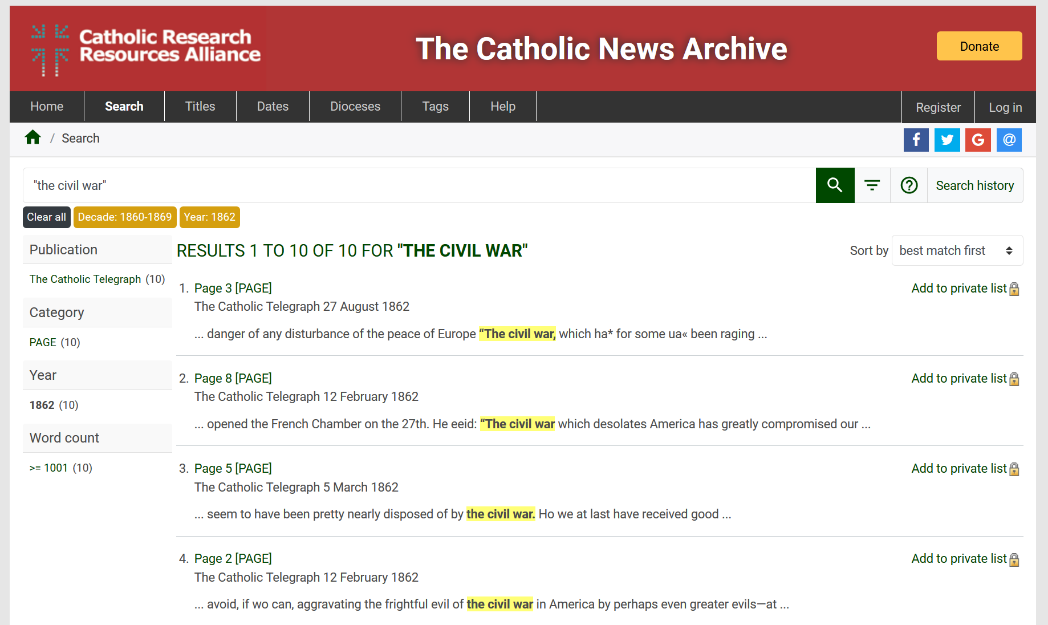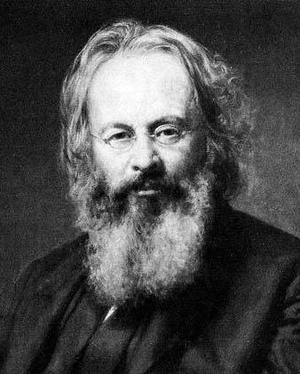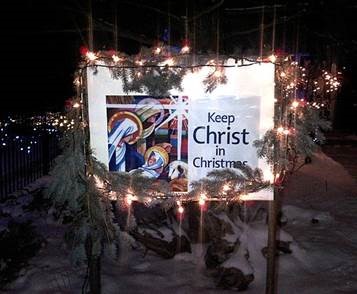As a former beginner myself, I recognize that the desire to produce EAD finding aids does not immediately result in their production. Among the members of CRRA, the more prosperous institutions can support compute r systems that automatically generate EAD. But even these systems require an understanding of archival theory and how it might be maintained in a way congenial to machines. And other members of CRRA have the more difficult task of producing EAD without sophisticated equipment and IT support.
r systems that automatically generate EAD. But even these systems require an understanding of archival theory and how it might be maintained in a way congenial to machines. And other members of CRRA have the more difficult task of producing EAD without sophisticated equipment and IT support.
CRRA developed the EAD Template to help those who have no easy way to produce valid finding aids. While it tries to make EAD as easy as possible, beginners may still have bad luck with it. When I attended the Rare Book School EAD course at the University of Virginia in 1999, I had already produced hundreds of EAD finding aids. Daniel Pitti, the teacher of the course, offered helpful criticism and mentioned several mistaken ways of thinking that he had found among beginners. When CRRA members started using the EAD Template, I found one of these typical mistakes cropping up.
 Archivists preserve filing systems that grow organically as routine activities generate records. The context of a document has evidential value; the whole filing system provides evidence about how an organization or individual conducted business, and therefore evidence of values, crises, attacks, defense mechanisms, unexpected events, daily life. Descriptions of such filing systems need to represent the organic form faithfully in all of its meaningful structure and peculiar quirkiness. Since filing systems generally have a hierarchical form, finding aids must also allow for components that contain other components that may contain other components -- boxes within boxes within boxes, or files within files within files.
Archivists preserve filing systems that grow organically as routine activities generate records. The context of a document has evidential value; the whole filing system provides evidence about how an organization or individual conducted business, and therefore evidence of values, crises, attacks, defense mechanisms, unexpected events, daily life. Descriptions of such filing systems need to represent the organic form faithfully in all of its meaningful structure and peculiar quirkiness. Since filing systems generally have a hierarchical form, finding aids must also allow for components that contain other components that may contain other components -- boxes within boxes within boxes, or files within files within files.
Thanks to our familiarity with common filing systems on computers, we should have no trouble with this concept. Typically graphical displays of the contents of a hard drive show pictures of folders, and inside them other folders, and after a number of these eventually the individual computer files. One can generally also choose to view the same structure as an outline representing this structure in a slightly different way.



 Masthead of Catholic Weekly “intended to contain” among other things “information of occurrences connected with the catholic [sic] religion in the United States, and various parts of Europe”
Masthead of Catholic Weekly “intended to contain” among other things “information of occurrences connected with the catholic [sic] religion in the United States, and various parts of Europe”
 gh she was publicly acknowledged by Pope Francis as a great American during his 2015 speech before Congress, too many have heard too little about Dorothy Day. She was the co-founder of a movement that has produced Catholic Worker communities, “committed to nonviolence, voluntary poverty, prayer, and hospitality for the homeless, exiled, hungry, and forsaken.” The organ of the movement since its inception in 1933 is The Catholic Worker newspaper. As their Website goes on to say, “Catholic Workers continue to protest injustice, war, racism, and violence of all forms” (
gh she was publicly acknowledged by Pope Francis as a great American during his 2015 speech before Congress, too many have heard too little about Dorothy Day. She was the co-founder of a movement that has produced Catholic Worker communities, “committed to nonviolence, voluntary poverty, prayer, and hospitality for the homeless, exiled, hungry, and forsaken.” The organ of the movement since its inception in 1933 is The Catholic Worker newspaper. As their Website goes on to say, “Catholic Workers continue to protest injustice, war, racism, and violence of all forms” ( later became a Catholic, you could check the NUCMC and find that Notre Dame has his papers and published a microfilm edition of them. If you were flipping through Notre Dame's card catalog looking for books by Brownson, you would discover that we also have his papers.
later became a Catholic, you could check the NUCMC and find that Notre Dame has his papers and published a microfilm edition of them. If you were flipping through Notre Dame's card catalog looking for books by Brownson, you would discover that we also have his papers.
 r systems that automatically generate EAD. But even these systems require an understanding of archival theory and how it might be maintained in a way congenial to machines. And other members of CRRA have the more difficult task of producing EAD without sophisticated equipment and IT support.
r systems that automatically generate EAD. But even these systems require an understanding of archival theory and how it might be maintained in a way congenial to machines. And other members of CRRA have the more difficult task of producing EAD without sophisticated equipment and IT support. Archivists preserve filing systems that grow organically as routine activities generate records. The context of a document has evidential value; the whole filing system provides evidence about how an organization or individual conducted business, and therefore evidence of values, crises, attacks, defense mechanisms, unexpected events, daily life. Descriptions of such filing systems need to represent the organic form faithfully in all of its meaningful structure and peculiar quirkiness. Since filing systems generally have a hierarchical form, finding aids must also allow for components that contain other components that may contain other components -- boxes within boxes within boxes, or files within files within files.
Archivists preserve filing systems that grow organically as routine activities generate records. The context of a document has evidential value; the whole filing system provides evidence about how an organization or individual conducted business, and therefore evidence of values, crises, attacks, defense mechanisms, unexpected events, daily life. Descriptions of such filing systems need to represent the organic form faithfully in all of its meaningful structure and peculiar quirkiness. Since filing systems generally have a hierarchical form, finding aids must also allow for components that contain other components that may contain other components -- boxes within boxes within boxes, or files within files within files.